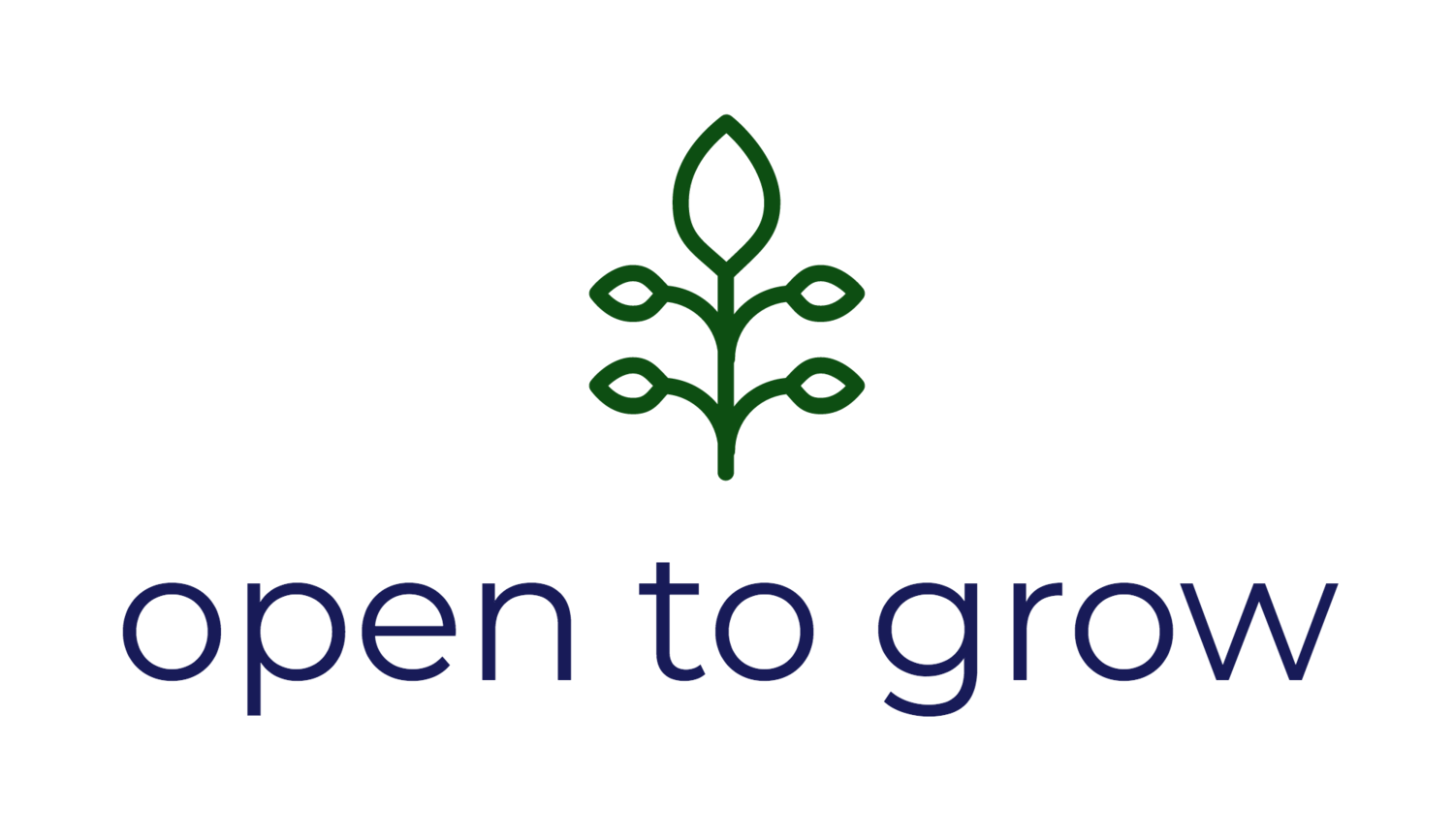Collaboration to Interdependence
/In the first dot-com boom (or was it the second?) in the late 1990’s, I had the pleasure of serving on a team who really paid attention to leveraging strengths. The COO of the organisation was a really inspiring guy who had read philosophy at Oxford and had a Harvard MBA. As a young female leader in the (still) male dominated tech world, it was so wonderful to have a real advocate and mentor with this unique blend. He had the vision to invest in the leadership team because he recognized it as essential for scalable innovation — remember this was at a time when the rate of growth and change that we take for granted today was a new phenomena, so his insight was critical.
We had a full-time organizational psychologist. We had a leadership development program that leveraged best in class diagnostics and psychometric instruments. They helped each of us gain insight into our preferences and strengths, and further develop as a team. Despite the pre-requisite awkwardness and skepticism, we all committed, and practiced rigorously.
Today it’s de rigueur to criticize these tools, especially Myers Briggs, which some claim is no more reliable or accurate than a trumped up horoscope. Regardless of how you hold it, this work gave me such a sense of liberation — that although of course, as an alpha-woman, I could do everything, I didn’t have to. I didn’t have to be great at the detailed creation of P&L’s and spreadsheets, because Mark was really good at that — and I could take that spreadsheet and in it see and interpret trends more naturally than he. Not only did it give me the confidence to focus on what I was good at, what I enjoyed, but more than anything, it gave me insights and practices to improve my communication with others.
Myers-Briggs wasn’t the only tool — there was Belbin and FIRO-B and something called the KAI adaptation/innovation diagnostic. Taken separately, each were interesting, but taken together, they gave us a collective language able to start to think about how to complete the circle, akin to the Full-Circle Leadership model Alanna Krause proposes.
I pause for thought when I recognize that what I’m describing happened nearly 20 years ago, and I pause again reflecting how grateful I am to have had that experience at a time in my life and career where it had the greatest impact.
For many reasons, the work I’ve done in the intervening years hasn’t afforded me the opportunity to work with a team so dedicated to supporting one another in our roles in the circle. There have been little glimmers of it, but never since on a leadership level; albeit until recently that would have looked like leadership that is ‘given as a role’, and distinctly hierarchical.
In the ‘bossless environment’, where leadership is created by momentum, I sense that the possibility and necessity to be intentional around this development work is intrinsic. The main arbiter is intention. What do we need to do to come together with the intention of spending the time and the energy to actually understand the gifts and archetypes that we as individuals embody, and actually work collectively to nurture the cycle.
Some questions that are consistent across many models of strengths based leadership is ‘what happens if all of the facets aren’t represented’? Which are the most important? How many can we do without? Is it possible to flex between archetypes or does that defeat the object? Should self-organizing teams ‘recruit’ for these missing skills and lenses?
Having thought about this deeply for a time, the unfolding for me is thatwhat is proposed here moves us past and through collaboration to inter-dependence. Like a flourishing forest, diversity ensures sustainability through resilience, which is held by inter-dependence.
The thing I absolutely love about this thinking is that it will be different in every collective, the way that is manifests will evolve, like the organism, and that with the intention, we can play and experiment and iterate! So, what archetype does that make me? I think I can flex between these three:
INQUIRE
The leadership of contextualisation
Persona: the facilitator, Measure: inclusion, Shadow: permission-seeking
PROTOTYPE
The leadership of experimentation
Persona: the hacker, Measure: efficacy, Shadow: obsession
OPTIMISE
The leadership of improvement
Persona: the perfectionist, Measure: commitment, Shadow: meddling
What do you think? In which stage do you personally feel most valuable and valued? Which archetypes resonate with you? Then let’s explore the gaps — and think about what we are missing in our teams, and how we might round the wheel.


